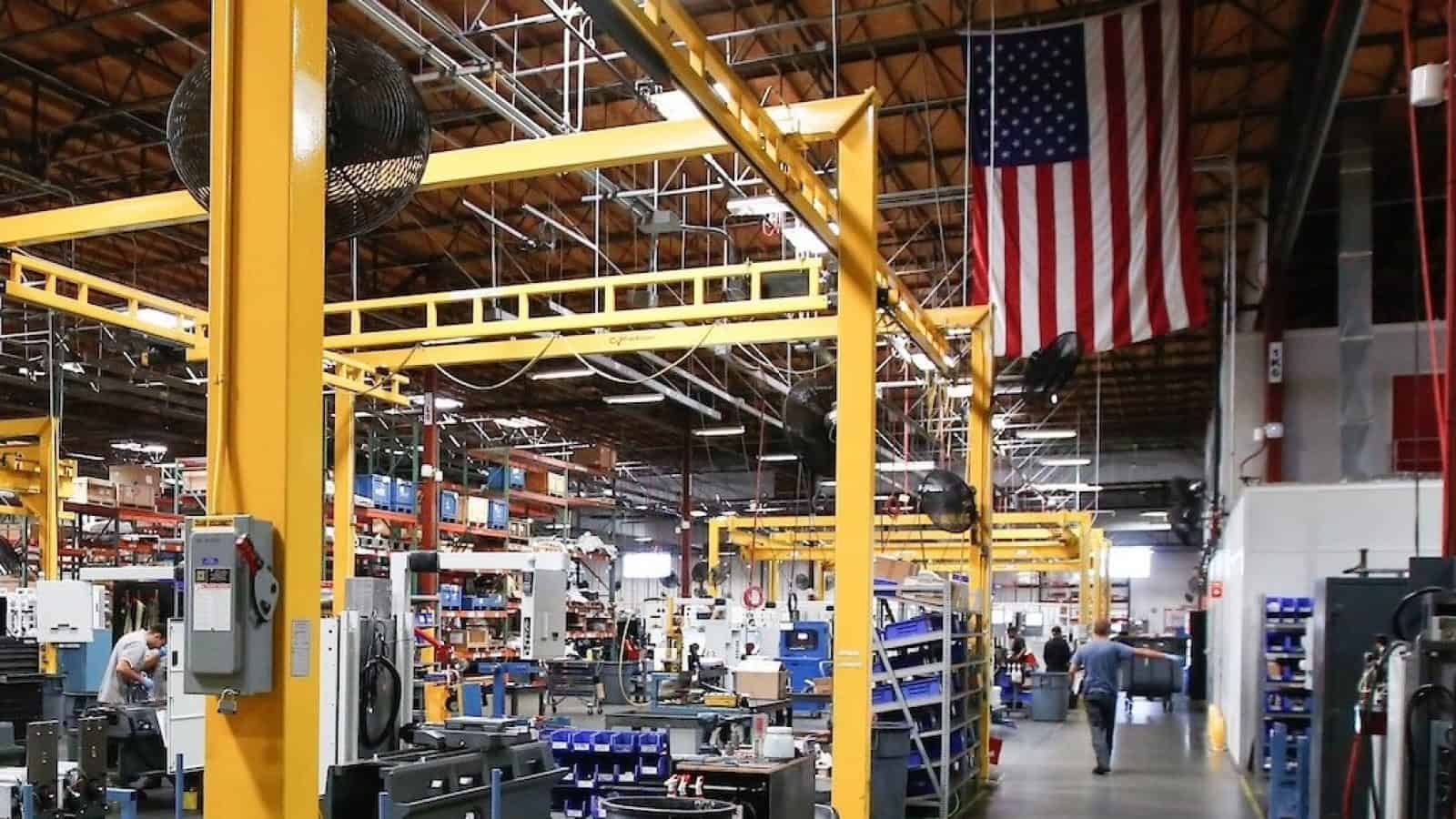
Best Practices in Inclusive Talent Recruitment and Retention
View the Resource Guide
DOWNLOAD PDFSecond Chance Hiring Resource Guide
This guide is designed to give industry the tools needed to explore and implement Second Chance hiring practices for their own companies. This resource guide outlines job posting, applications, interviewing, and background screenings best practices to facilitate greater access to jobs in the manufacturing sector for qualified candidates with past convictions.
Table of Contents
II Interviewing
.

Job Postings & Applications
The application is the universal point of entry for candidates. Its language should encourage, not dissuade, applicants from presenting their qualifications. Many companies have eliminated upfront disclosures regarding past convictions. Others have added language to specifically state that they utilize Second Chance hiring practices.
Advantages to this approach:
- Encourages all qualified candidates to apply: Questions on the application pertaining to past convictions can signal to qualified candidates that they will not be considered for employment and discourage them from applying.
- Complies with local and state regulations: Many states and cities have passed legislation limiting the use of arrest and conviction records as part of the talent acquisition process. These laws prevent employers from considering criminal records during the job application or early screening process.
- Aligns with Equal Employment guidance: The EEOC states, “As a best practice…the Commission recommends that employers not ask about convictions on job applications and that, if and when they make such inquiries, the inquiries be limited to convictions for which exclusion would be job related for the position in question and consistent with business necessity.”
- Minimizes biases in hiring: Removing disclosures gives all applicants a fair chance at an interview. Upfront disclosures leave room for bias against candidates that disclose their convictions.
.

Interviewing
Once candidates are considered for an interview, manufacturers should structure questions to provide all candidates with a chance to be successful.
This includes:
- Set clear expectations: Provide context for all candidates during the interview process about second chance hiring commitments and details around what the background check process will entail, including how far back.
- Ask strengths–based questions: Maximize questions that provide candidates opportunities to speak about their accomplishments and assets.
- Plan for how you will discuss incarceration: If the candidate chooses to discuss their conviction or incarceration, remember that many people who have experienced incarceration were working or gaining an education while in jail or prison. When speaking about a candidate’s incarceration, center questions on job-related skills they may have acquired.
.

Background Checks
The Manufacturing Institute (MI) encourages members who run background checks to make this the final step in the hiring process – occurring after a conditional offer of employment has been made. This gives candidates a fair shot to present their qualifications.
In conducting background checks:
- Limit “look-back” period: Consider limiting how far back into a candidates past you look. Convictions occurring more than 3-7 years in the past are less likely to affect job performance today.
- Encourage candidate feedback: Offer opportunities for candidates to review and give feedback on their background checks and assess for errors and inconsistencies.
.

Individual Reviews
As you evaluate your background check policies, consider if and how past convictions relate to the offered position. We discourage blanket disqualifications based on conviction type and encourage manufacturers to conduct an individualized review of candidates’ convictions.
As part of these reviews:
- Consider the full history: Does the conviction represent a single incident or a longer series of convictions that may indicate challenges in maintaining or succeeding in the job?
- Consider the specifics of the conviction: Candidates can provide important context to the circumstances of their arrest and conviction, which may shed more light on their qualifications for the position.
- Consider the environment in which the candidate would be working: this includes physical and licensing requirements, access, supervision, and engagement with customers and co-workers – and whether this specific candidate can succeed within the job requirements.
- Consider rehabilitation efforts: How did candidates work to improve their circumstances both while incarcerated and after release? These efforts may not show up on a resume or application.